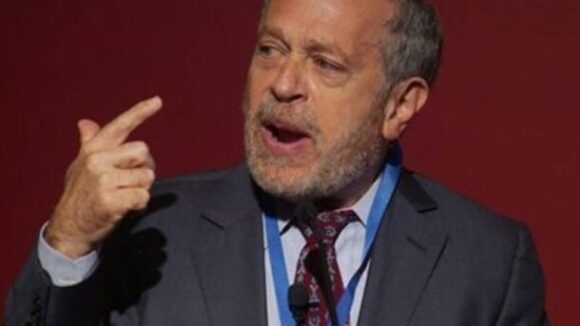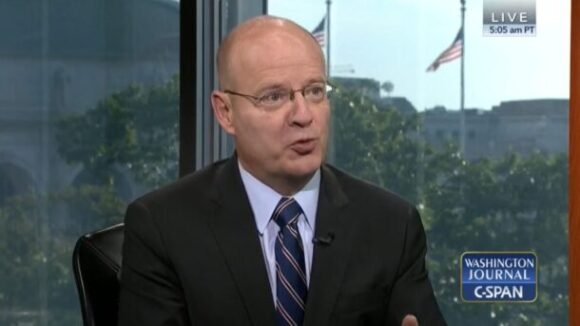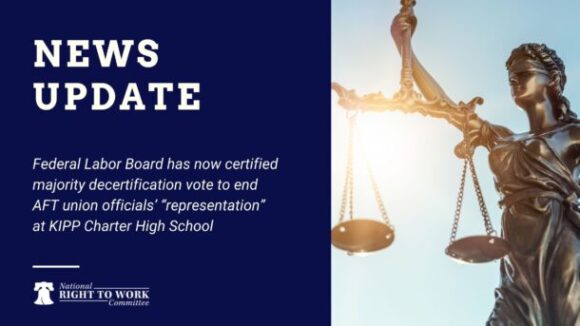Will Team Biden Weaponize Workers’ Pensions?
Big Labor abuse of worker pension and benefit funds as a means of advancing union bosses’ self-aggrandizing policy objectives is a familiar phenomenon.
On September 25, 2001, one of Big Labor’s most formidable fear-and-loathing campaigns ever failed when Oklahoma approved a statewide ban on compulsory union dues and fees and thus became the nation’s 22nd Right to Work state.
And the staunch support of then-Gov. Frank Keating (R) was a major reason why freedom-loving individuals and groups in the Sooner State and the National Right to Work Committee were able to defeat the union bosses and their multi-million-dollar propaganda blitz 12 years ago.
Today Keating is no longer involved in electoral politics, but he continues to call attention to the benefits of Right to Work in the now-24 states that have on the books statutes and/or constitutional amendments prohibiting the termination of employees for refusal to pay dues or fees to an unwanted union.
In a Forbes commentary out this week that he coauthored with Brandon Dutcher of the Oklahoma Council of Public Affairs (see the link below), Keating cites a new study on the impact of Right to Work laws issued by the Fraser Institute, a pro-free enterprise Canadian think tank that has offices in Calgary, Montreal, Toronto and Vancouver.
While the Right to Work is fundamentally a “matter of justice,” write Keating and Dutcher, they and other proponents have long contended that protecting it would “boost employment . . . and stimulate economic activity.” The Fraser Institute study (see the second link below) concludes that the evidence for this contention is strong (footnotes omitted):
The RTW variable is significant both economically and statistically. For state gross product, the estimated coefficient implies that adoption of a RTW law increases economic output by a bit less than $55 billion per year. . . . For total employment, the estimated effect of a RTW law is an increase in employment of about 26,000 . . . for the average state.

Big Labor abuse of worker pension and benefit funds as a means of advancing union bosses’ self-aggrandizing policy objectives is a familiar phenomenon.

What impact does handing a union monopoly power to deal with your employer on matters concerning your pay, benefits, and work rules have on your pay?

Federal Labor Board has now certified majority decertification vote to end AFT union officials’ “representation” at KIPP Charter High School